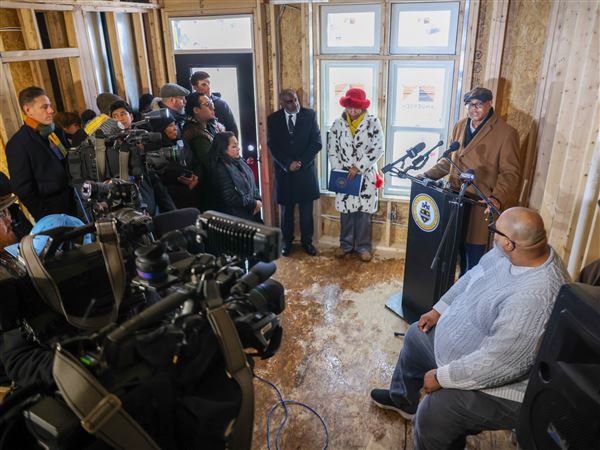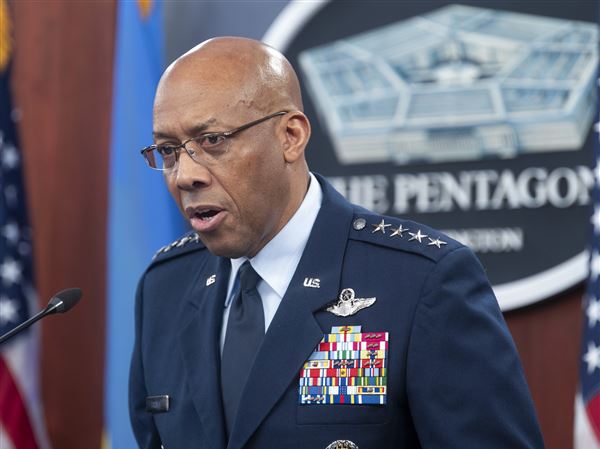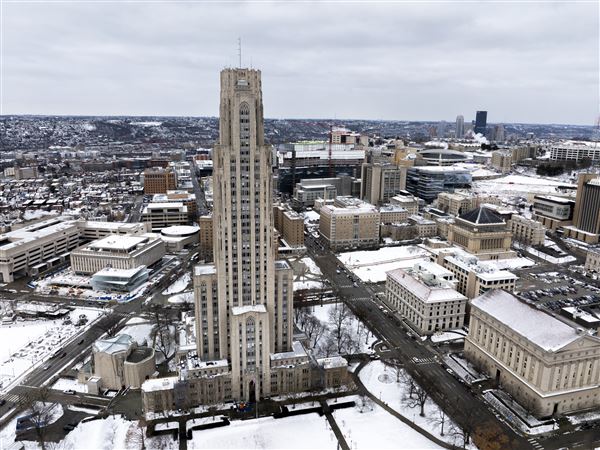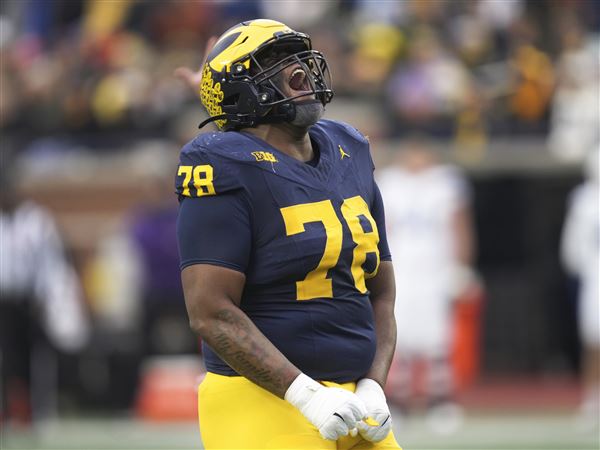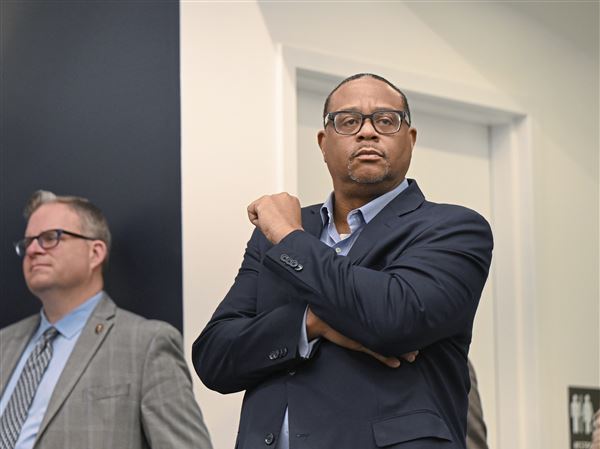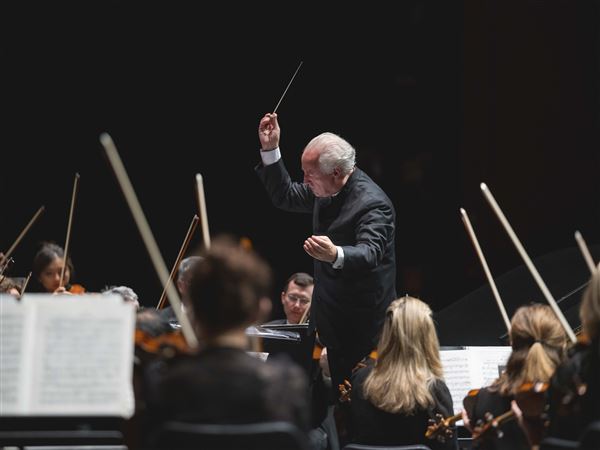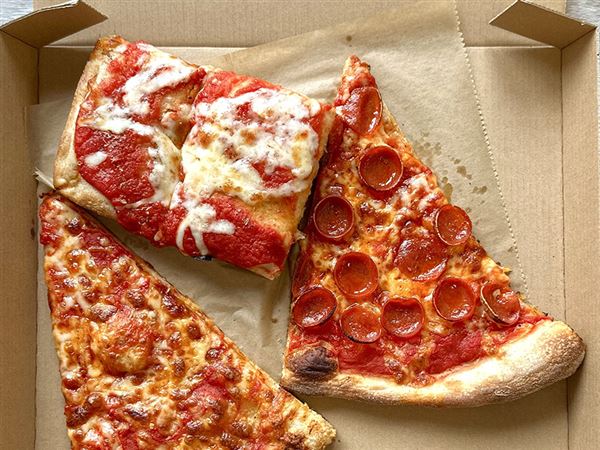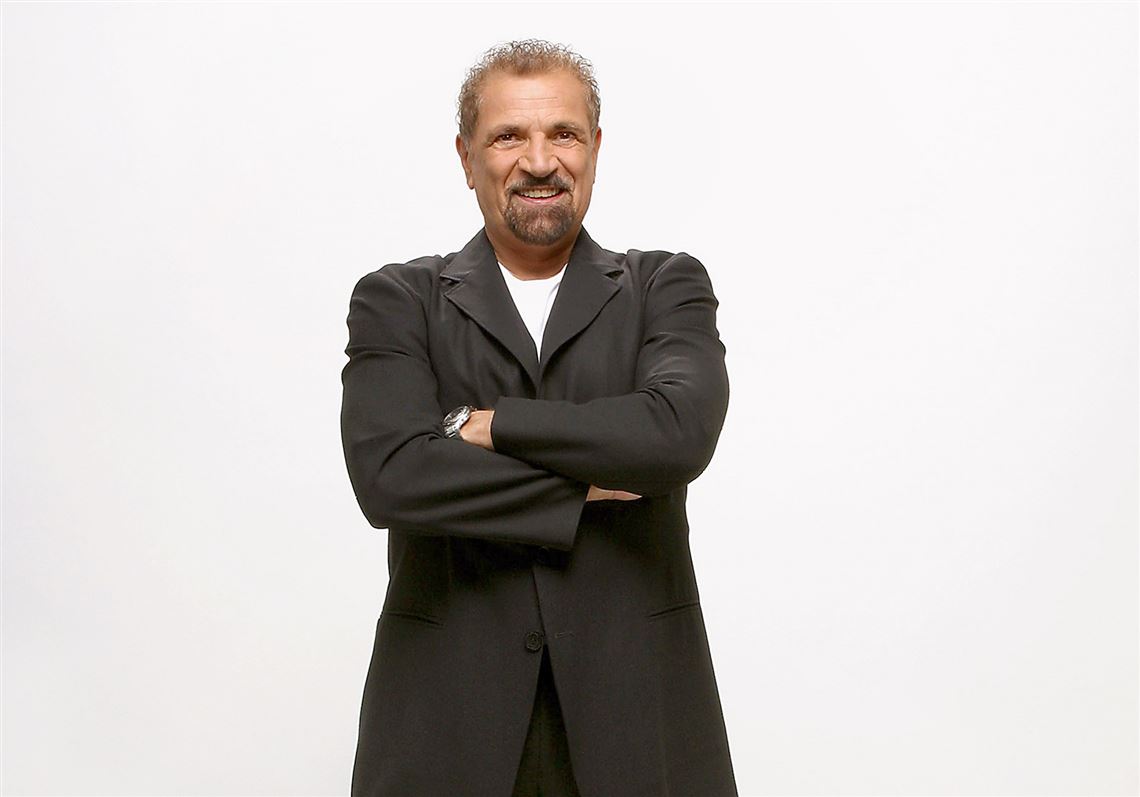Back in their late-’60s heyday, The Young Rascals played some big shows in Pittsburgh, headlining the Civic Arena in 1967 with Lou Christie, and in 1968 with Tommy James and the Shondells.
Those memories are all fuzzy to singer-organist Felix Cavaliere, who will be back in town this weekend for Rock ‘N Remember Live at the Benedum Center, Downtown.
With: Felix Cavaliere’s Rascals, Peaches & Herb, Gary US Bonds, The Happenings, and The Reflections.
Where: Benedum Center, Downtown.
When: 4 and 8 p.m. Saturday.
Tickets: $39; www.trustarts.org.
“My memories of that town, believe it or not, are of the great food,” the singer says in a phone interview from a gym in his adopted hometown of Nashville. “I went to all these Italian places and famous delis, so I look at Pittsburgh as a great place to go and eat. And, I did a lot of radio promo there, so I’ve got really good memories of that place, and not necessarily of being on stage.”
Mr. Cavaliere was a part of a group of Jersey boys who, in the psychedelic era, arrived on the scene with soul roots spawning a sunny brand of blue-eyed soul and frenetic garage-rock that included such classics as “Good Lovin’,” “Groovin’,” “A Beautiful Morning” and “People Got to Be Free.”
The style was so second nature to him, he wasn’t even aware of it being a style.
“I had no idea we were doing it in an R&B/soul way. We were doing it like we thought we heard it, and it came out like that because it was a natural thing. I had the really good fortune of growing up when Alan Freed brought rock ’n’ roll from Cleveland to New York City, so I heard all this phenomenal stuff, the real beginnings. They used to call it race music down here. It was so real, so funky and so raw. Little Richard, Fats Domino, Chuck Berry, the talent was absurd, and they’re legendary because they were very good.
“Now,” he adds, “there’s electronic enhancements and we can go to a doctor and get the greatest body in the world. So, I hate to sound like an old dude but, you know what, the old guys are good man, and the new people, they got all kind of tricks to make you think they’re good.”
He laughs at the memory of concert production back in the day, when The Young Rascals, wearing schoolboy outfits and knickers, played gymnasiums and skating rinks where the sound bouncing everywhere.
“I ran into John Mellencamp many years ago and he said, ‘You know, man, we gotta thank guys like you, because we got it made now. When you guys came out, all these things were nonexistent.’ We played at a lot of places where you just followed a rodeo because that was the only place where people could get together. We played this show out west with Buffalo Springfield. There was no stage, literally. Everybody was kind of stoned and having a good time in the middle of nowhere. I don’t even know where it was. We got two pickup trucks and put them back to back, and that was the stage.”
What they did have, though, was a good culture at the labels for making music. The Young Rascals, formed from three members of Joey Dee and the Starliters, were signed to Atlantic Records in 1965 and the band was so good, so ready, the hits came right away.
The studio, he says, was on the same floor as the execs, the mastering lab and, maybe most importantly, the secretaries. “It was very intimate, very small, like a family. When you would record something, the secretaries would be the first ones to hear it because they can hear it almost through the walls. If they got excited, they called the execs to come in and they would get excited, and then you figured you had something. The energy that was put into it was so positive, and I say that on every level: from the tape to the master to the vinyl, it’s there, it’s living in those grooves.”
The Young Rascals, who dropped “Young” from the name in 1968, had a great run on the charts from 1965 to ’69, and then the band’s other singer, Eddie Brigati, departed in 1970, followed by guitarist Gene Cornish (there was no bassist) in 1971, the year of its seventh and final album on Atlantic. At the time, the idea that bands would stick together, like the Rolling Stones or The Who did, was unthinkable.
“I’m very embarrassed about that,” he says, “breaking up before you’ve left the popularity. Ashamed is not the right word, I’m just really saddened by it. It just shows you, the English education must be a lot better than ours because those guys were too smart to break up. They might hate each others’ guts, but they stay together because they realize the gift that they’ve been given. Americans were spoiled, so I guess we don’t realize the blessing we were given. We blew it so to speak, internally. There’s a little bit of sadness in my life that we didn’t stay together and grow and bring new people in.”
Mr. Cavaliere and talented drummer Dino Danelli tried to keep the Rascals alive with two more albums on Columbia, in 1971 and ‘72, but they couldn’t “recapture that wonderful energy” of the original band.
And then it got messy with legal suits over the name, etc. There was a partial reunion tour after the Atlantic Records 40th Anniversary Celebration in 1988, and for a time in the ‘90s, there were two touring units: The New Rascals (with Mr. Cornish and Mr. Danelli) and Felix Cavaliere’s Rascals.
They took the stage together for their Rock and Roll Hall of Fame induction in 1997, where super fan Steve Van Zandt said, “They were fantastic in those days, they were wild! ... People talk about white soul singers and there’s a lot of names that come up, but Eddie and Felix, I’m telling you right now, to sound that black, you had to be Italian!”
After doing a benefit in 2010, that had Bruce Springsteen and Mr. Van Zandt on stage with them, the original lineup reunited for “The Rascals: Once Upon a Dream,” a Van Zandt-produced theatrical show/concert on Broadway for three weeks in April-May 2013, followed by a national tour. Its return to Broadway, however, was canceled.
“It was too large,” Mr. Cavaliere says, “kind of like these banks. There were too many people to provide a profit for the promoter and that’s why it had to stop. When it was there, it was a lot of fun. The nice thing is that we all got along and the people loved it because in their minds they want to see the four guys together. I believe that’ll probably be the last time that’s going to happen, only because from what I’ve read and been led to believe, some of the other guys, they’re really not healthy enough to go out there, or not interested enough to go out there, and I still am, so I’m going to continue.”
As for the songs, they hold up as well or better than most bands from that era. How often do you walk outside on a gorgeous sunny day and find “A Beautiful Morning” running through your head?
“That’s how it was written,” Mr. Cavaliere says. “That was happening at a time when everything was just perfect. We were in Hawaii, we had a No. 1 record and I’m so madly in love I can’t even breathe, so it was like, ‘Can you put this down musically and lyrically? Can you capture this moment? Can you make it so that everybody forever will feel what you’re feeling now?’ That’s the thought that went into it. I had a great friend of mine who went to Notre Dame. He told me, ‘You know, when I used to be on my way to class, if I heard that, I didn’t go, I took the day off.’ ”
Scott Mervis: smervis@post-gazette.com; 412-263-2576. Twitter: @scottmervis_pg
First Published: April 20, 2016, 4:00 p.m.
